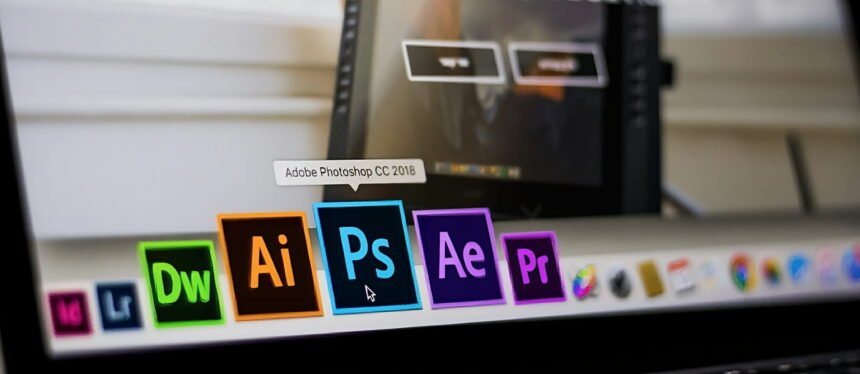Here are a few hacks for Adobe Photoshop:
- Quick Selection Tool – The Quick Selection Tool is a great way to select complex objects or subjects in your image. Simply brush over the area you want to select, and the tool will automatically create a selection that can be refined or adjusted as needed.
- Healing Brush – The Healing Brush is a useful tool for removing blemishes or fixing imperfections in your photos. It works by sampling pixels from an area of the image and blending them with the area you want to fix, creating a seamless result.
- Adjustment Layers – Adjustment Layers allow you to make colour and tonal adjustments to your images without permanently altering the original image data. This means you can experiment with different adjustments, and easily go back and make changes later on.
- Refine Edge – The Refine Edge option is useful for cleaning up the edges of selections, particularly when dealing with hair or fur. It allows you to adjust the edge definition, feathering, and smoothness to create a more accurate and natural-looking selection.
- Clone Stamp Tool – The Clone Stamp Tool is a powerful tool for cloning or duplicating parts of an image. You can use it to cover up unwanted elements, remove blemishes, or copy parts of an image to another location.
- Shortcut keys – Shortcut keys are an essential tool for speeding up your workflow in Photoshop. By memorizing a few key commands, you can quickly access tools and perform common tasks without having to navigate through menus.
- Layer Masks – Layer Masks are a powerful way to hide or reveal parts of a layer in an image. They allow you to make non-destructive edits that can be adjusted or removed at any time.
- Camera Raw Filter – The Camera Raw Filter is a powerful tool for adjusting the raw image data before opening an image in Photoshop. This can be useful for fine-tuning exposure, colour balance, and other adjustments that can have a big impact on the final result.
Note: These are general tips and tricks and may vary based on the version of Adobe Photoshop you’re using.
For more such content, keep reading @techinnews



